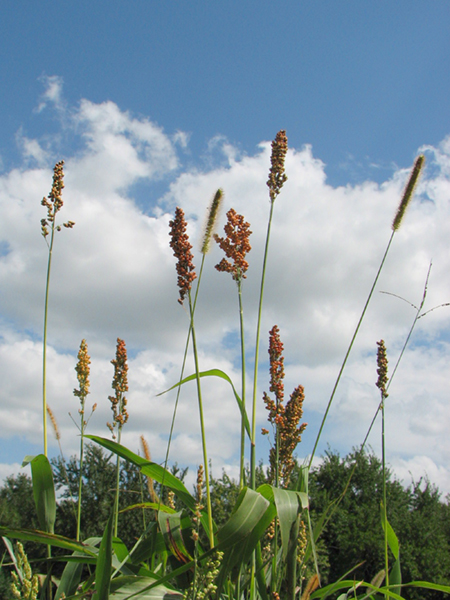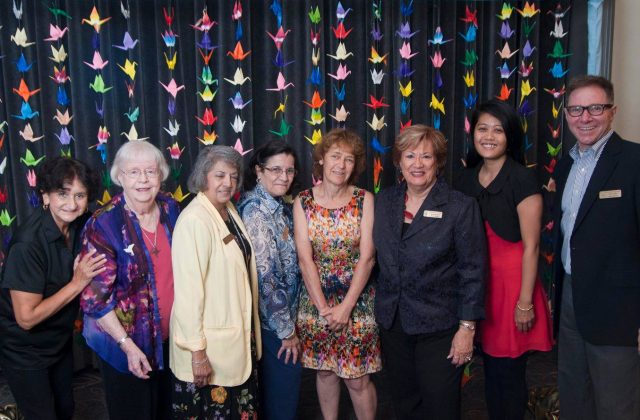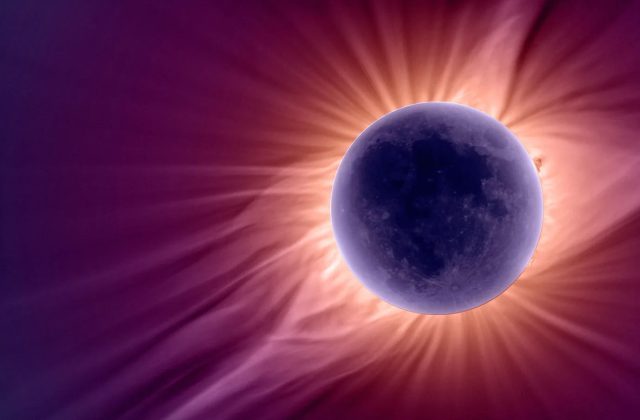Seeds of Abundance

by Amy Martin (c)
for Autumn Equinox 2009
It was one of those brilliant autumn in days North Texas. The strident summer Sun had mellowed to just the right brightness, yet it was still t-shirt weather warm. The August doldrums had moved off and there was a breeze again. My husband Scooter and I were driving down country roads looking at rural land. Clean green air streamed through the open windows of the car.
Pleasant enough, but even so it was just one cattle farm after another, enlivened only by the dark wash of trees along the creeks and gullies. The constant grazing of cows had tamped down the grasses into obedient shortness, a palatable sameness. The fields were forever juvenile, the grasses never allowed to seed, without potential, without hope, thwarted lives kept in constraint.
REBIRTH
Then we came around a bend to see the sharp vertical plumes of a native prairie grass, brushy bluestem, the rust-colored filaments shining gold in the sunset glow. We had to pull over and stare. Decades ago the landowner planted Bermuda, a tropical grass, on top of the native prairie. The aggressive grass dominated the land, making a monoculture that was good for horses and bad for everything else.
Then the owner went away, and the animals, too. Neglect was all nature needed. The native seeds still remembered, even though it had been 50 years, Seeds are the memory of plants. From the dark silent rest in the dank soil, bluestem seeds still yearned for their original prairie days, struggling to the surface to pierce the Bermuda and find the light.
We fell in love with the land that day and convinced the absentee landowner to sell. We stripped off the Bermuda cover and replaced it with native grasses and wildflowers. Compared to the surrounding lands, it’s a riot of waist high strappy leaves and fall seed flumes that strive even higher, and rowdy with a variety of life -– birds, butterflies and a myriad of unseen rodents and rabbits. Yet even today, it’s adorned with the yellow autumn blooms of goldenrod, a forb we did not plant, whose seeds languished in the soil until they remembered, too.
SUNLIGHT MADE TANGIBLE

On this planet life is dependent on plants. The greenery here creates most of the air, much of the soil, and anchors the entire food chain. Compared to the huge biomass and energy value of plants, we animals are stowaways. We live on a plant-et. Everywhere but the driest desert and coldest arctic, plants are busily, rampantly, enthusiastically and luxuriantly procreating. Their sole purpose is to transform the Sun’s endless energy through photosynthesis so that they can grow, mature and cast seeds to the winds and soil.
Seeds. If you went outside and dug up a square inch of soil, put it in a sheltered place and gave it light and moisture, it would sprout from seeds contained in the soil. If you cut down those tiny plants, seeds would sprout again, and again, over and over for 30 years and more. Only then would the bank of seeds held in that small square of soil be exhausted.
Now that’s abundance. Plants make far more seeds, and berries and fruits, than they need to reproduce, more than the birds and bugs and animals could ever eat. Plants make seeds for the life of it, because reckless fertility is what they do. They concentrate the energy of sunlight and make it tangible in seeds, giving totally without thinking of reward, without possession or attachment to outcome. Plants live to give and give to live. The lesson of plants is clear: creative fertility is the overriding principle of this planet.
MATH, BIOLOGY & SUN
Consider the sunflower, its radiant yellow petals framing a center packed tight with the familiar grey seed. The seeds swirl out in a parabolic spiral, Fermat’s spiral. The spiral’s dimensions reflect the Fibonacci numbers sequence, the basis of the golden ratio, a formula of height to depth and width that underlies much of classical painting, sculpture and architecture. Math and light, beauty and biology, all simply to make a seed.
Every seed is both a completion and a beginning. The grasses in my meadow pause at the climax of their process, seed plumes flush in the autumn sun, shining in potential, radiant in maturity, proclaiming a life well lived. Then they release their seeds into the wind, water and soil, hopeful that whatever may come, however many years may pass, they too will rise to remember the Sun once more.
September 22, 2009





